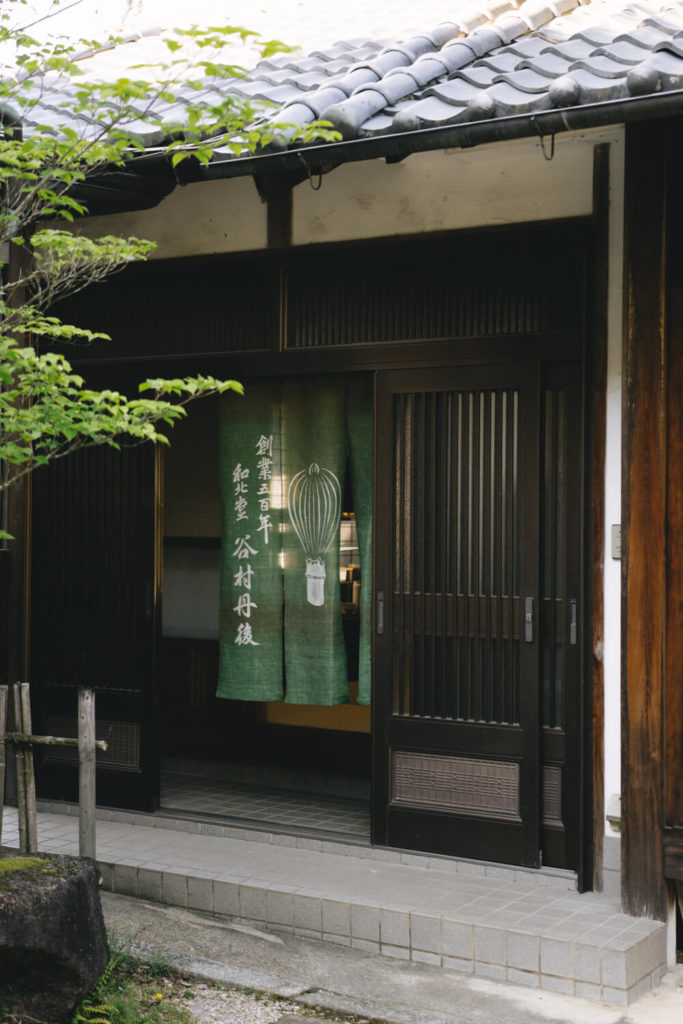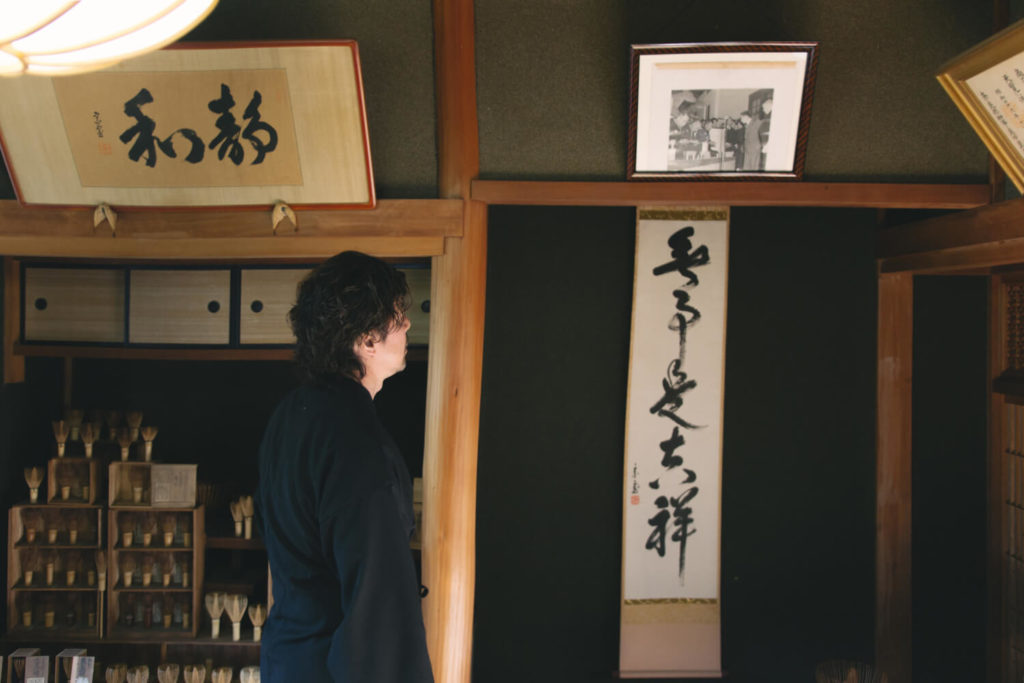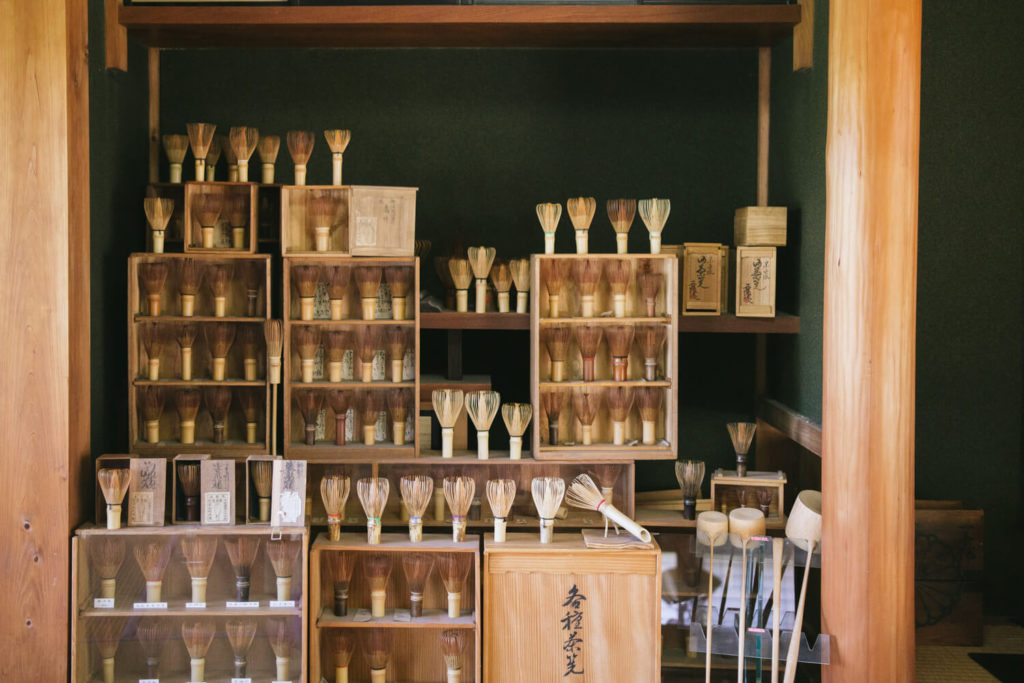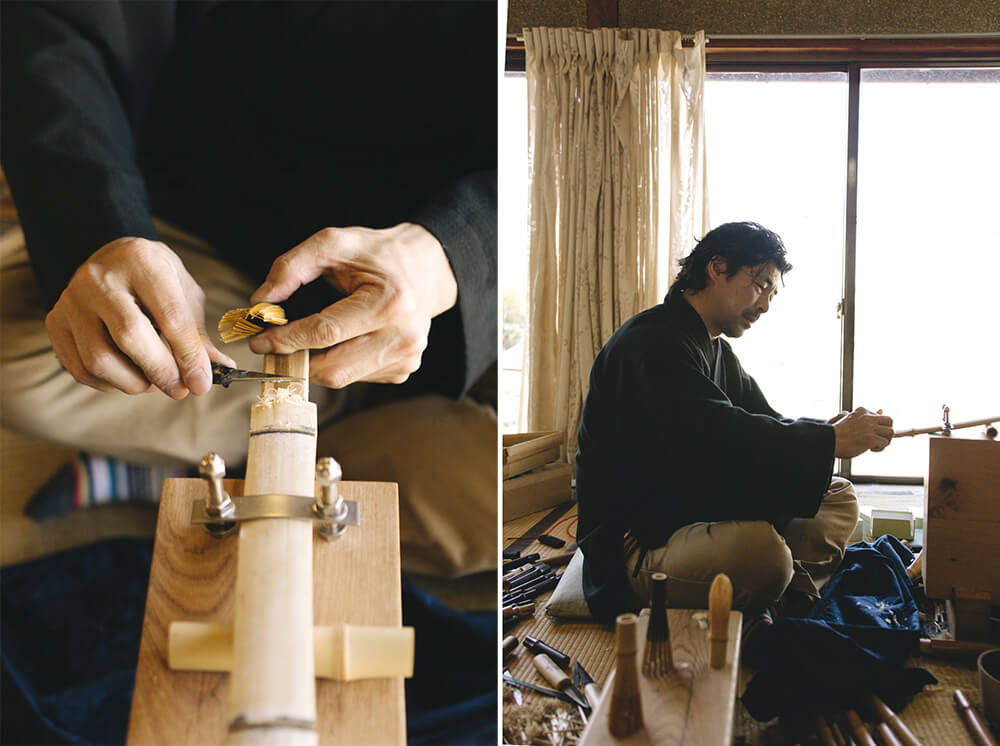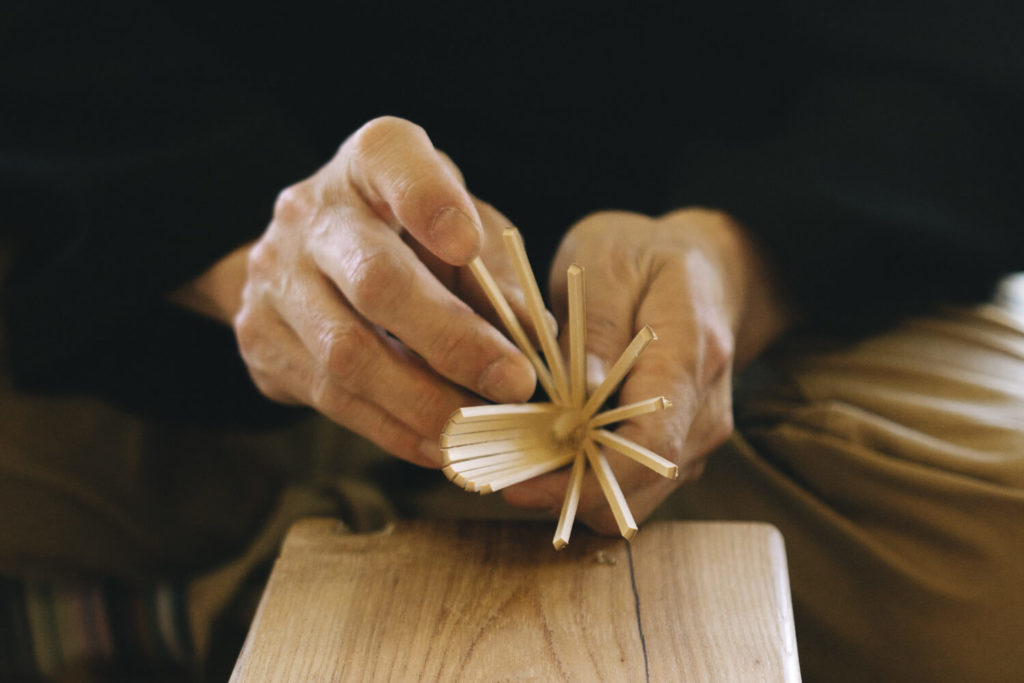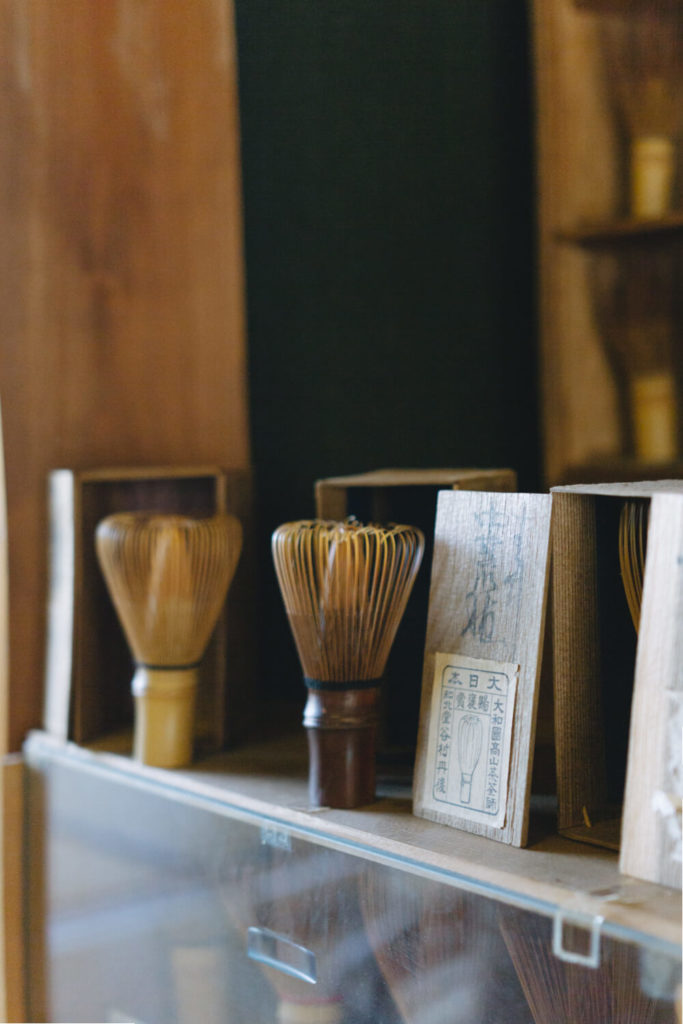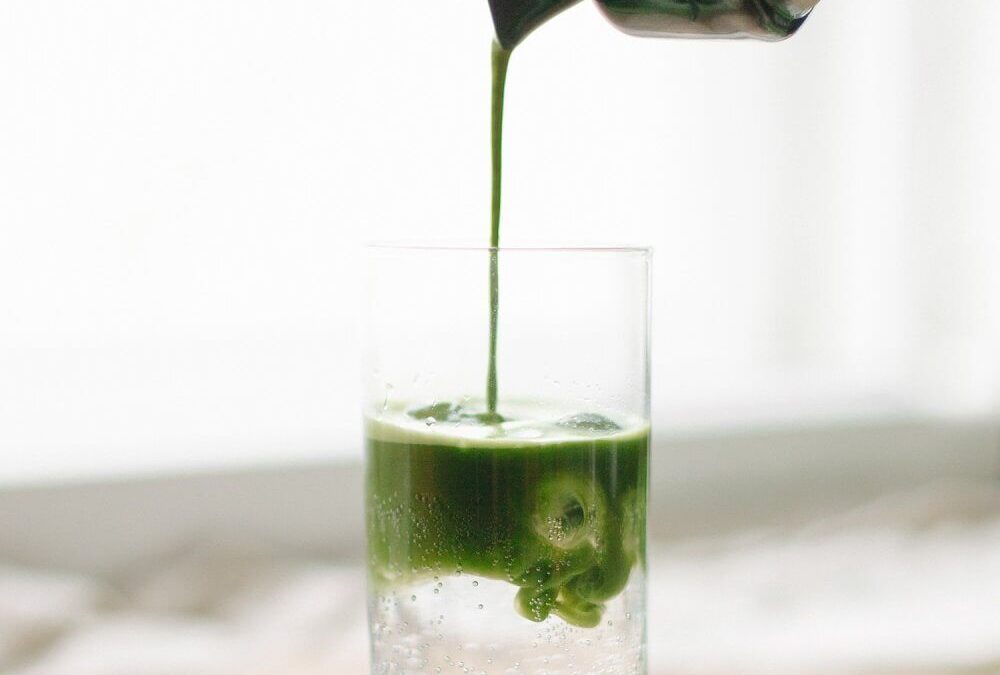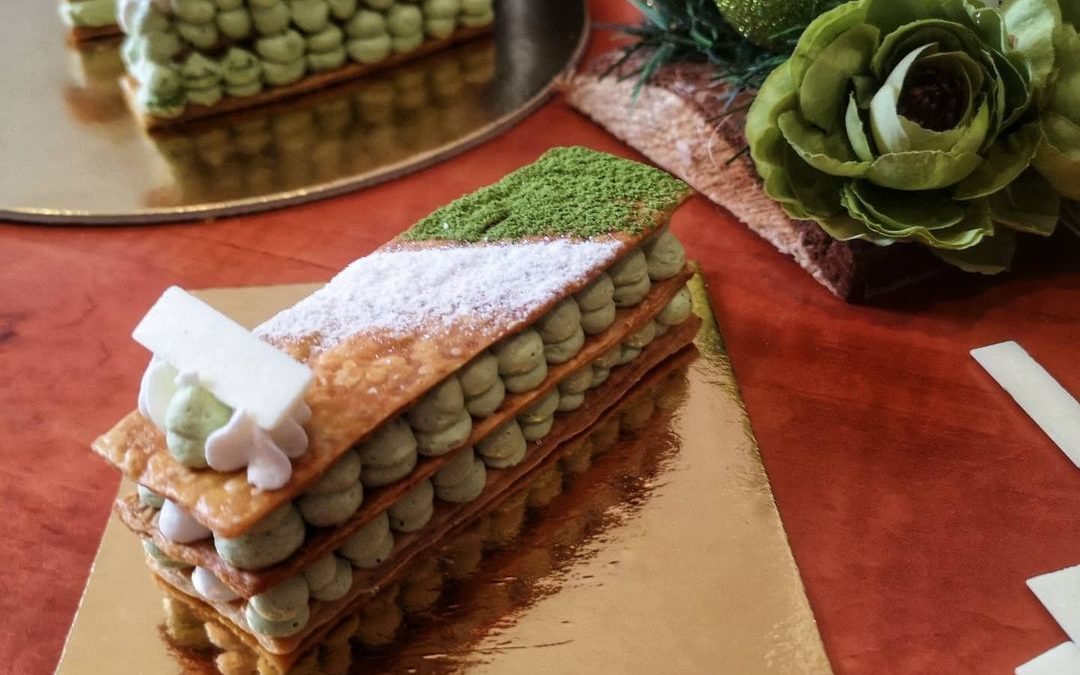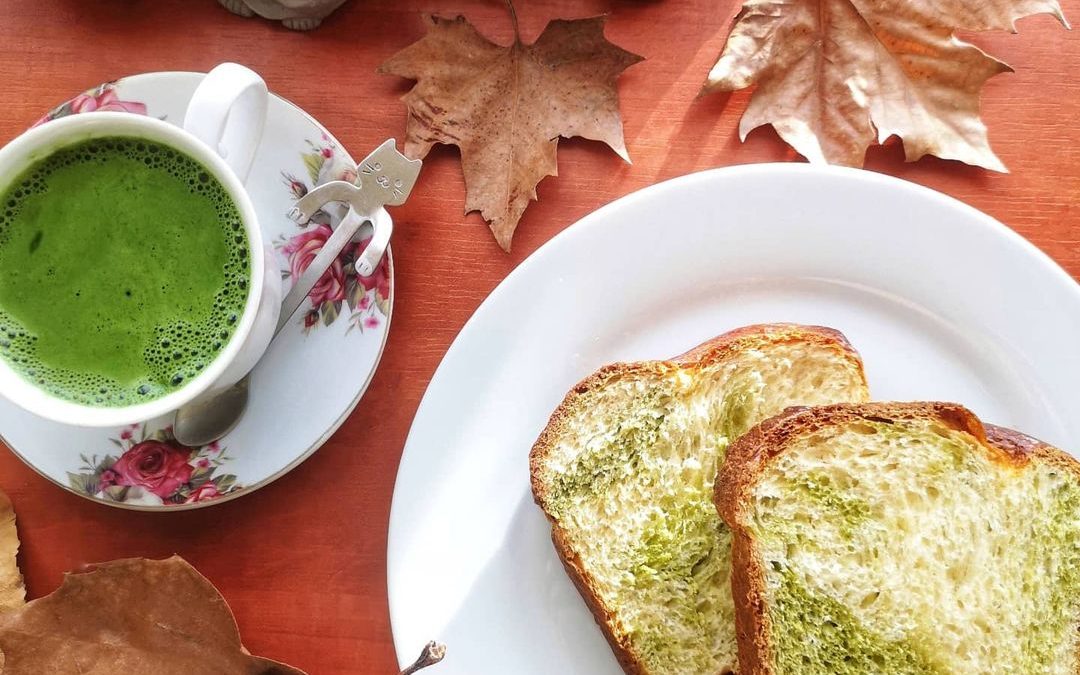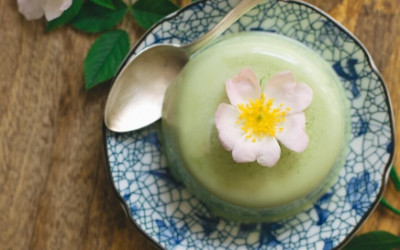Matcha és jóga – a nyerő páros
A régi idők divatja és szokásai folyamatosan visszatérnek. Vágyva arra, hogy visszatérjünk a gyökerekhez, szeretünk visszanyúlni nagyon régi hagyományokhoz, és beépíteni őket a popkultúrába, hogy aztán annak elemeivé váljanak. Ezek a hagyományok – melyek mélyen a történelemben és a filozófiában is gyökereznek – kétségkívül továbbra is érvényesek, így jelenlétük is folyamatosan naprekésznek és természetesnek tűnik.

SOHA EL NEM TŰNŐ TRENDEK
Kétségtelen, hogy a matcha folyamatosan egyre divatosabbá válik – érdeklődők széles körét vonzza, miközben ismertsége és népszerűsége szélsebes iramban terjed; egyre és egyre több kávézó kínálatában és bolti polcon bukkan fel. Ma már matcha ízű édességeket importálunk Japánból, matcha-t adunk a koktéljainkhoz, hogy ezáltal azok is „superfood”-dá válhassanak vagy éppen egy csészényivel pózulunk az Instagrammon, mert tudjuk, hogy menőnek számít. Bár a fenti példákból is látható, hogy a matcha tea meghódította a modern világot, attól még továbbra is a távol-keleti archaikus kultúra szerves része.
Gyakorlatilag ugyanezt a folyamatot figyelhetjük meg a jóga esetében is. Egyre több iskola, tanfolyam, műhely és hétvégi szabadtéri, közparkokban tartott foglalkozás vagy tanfolyam üti fel a fejét. A különböző jógaszőnyegek és ruhák ma már minden elképzelhető színben hozzáférhetőek, mint ahogy a jógaórák is, amiket néha nem is profi oktató, hanem mondjuk egy „celeb” is tarthat. De a modern 21. századi kontextus ellenére attól még a jóga megmarad egy spirituális tevékenységnek, mint az elmúlt évezredek során végig.
Az ilyen trendek el nem tűnőek, vagyis végig velünk maradnak. Olyan változásokat váltanak ki, amelyeket nem utasítunk el elavult trendként. Sőt, ezek meglepően jól működnek együtt! Annak ellenére tehát, hogy a jógának és a matchának se történelmileg, se földrajzilag nem egyeznek a gyökerei, kivételes módon egészítik ki egymást.
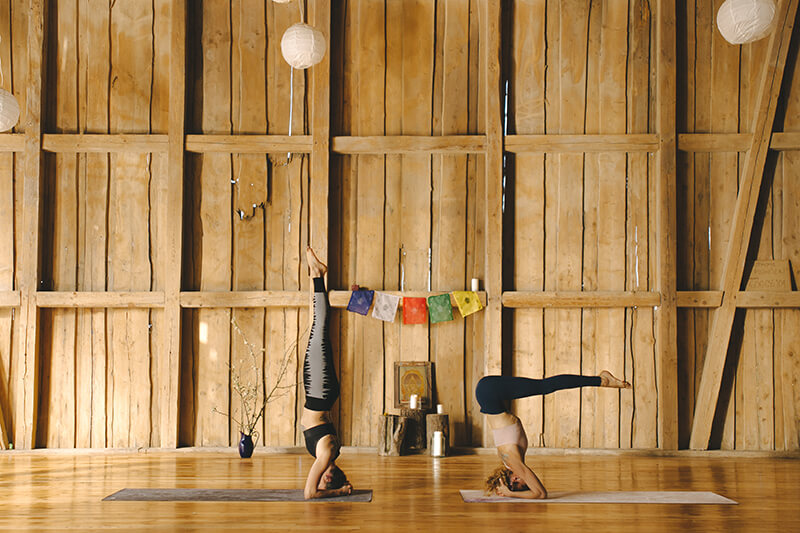
TÖRTÉNELEM
A zöld tea Japánban a 12. század végén jelent meg. Kínából érkezett buddhista szerzetesekkel együtt, akik számára a Zen elválaszthatatlan része volt. Egy ponton porszerű formában kezdték használni, és ekkor született meg a teaszertartás – chadō (jelentése: „a tea módja”). A Matcha segítette a szerzeteseket az éberségben és lehetővé tette számukra, hogy lelki nyugalmat találjanak – ezek az elemek kulcsfontosságúak mind a meditáció, mind annak egy másik formájának tekintetében: a tea-szertartás során.
A „jóga” kifejezés az indiai filozófia egész rendszerére vonatkozik, amely az elme-test kapcsolatával foglalkozik. Legrégebbi nyomait az Indus-völgyben találták, Kr. E 2300-1500 körül. A jógatípusok, amelyek testhelyzeten (ászanákon), légzésszabályozó és tisztító technikákon alapulnak, mint például a hatha, a vinyasa vagy az ashtanga, manapság már nem csak nyugaton népszerűek, de a 19. század közepétől már itthon is nagyon sokak figyelmét felkeltetette.
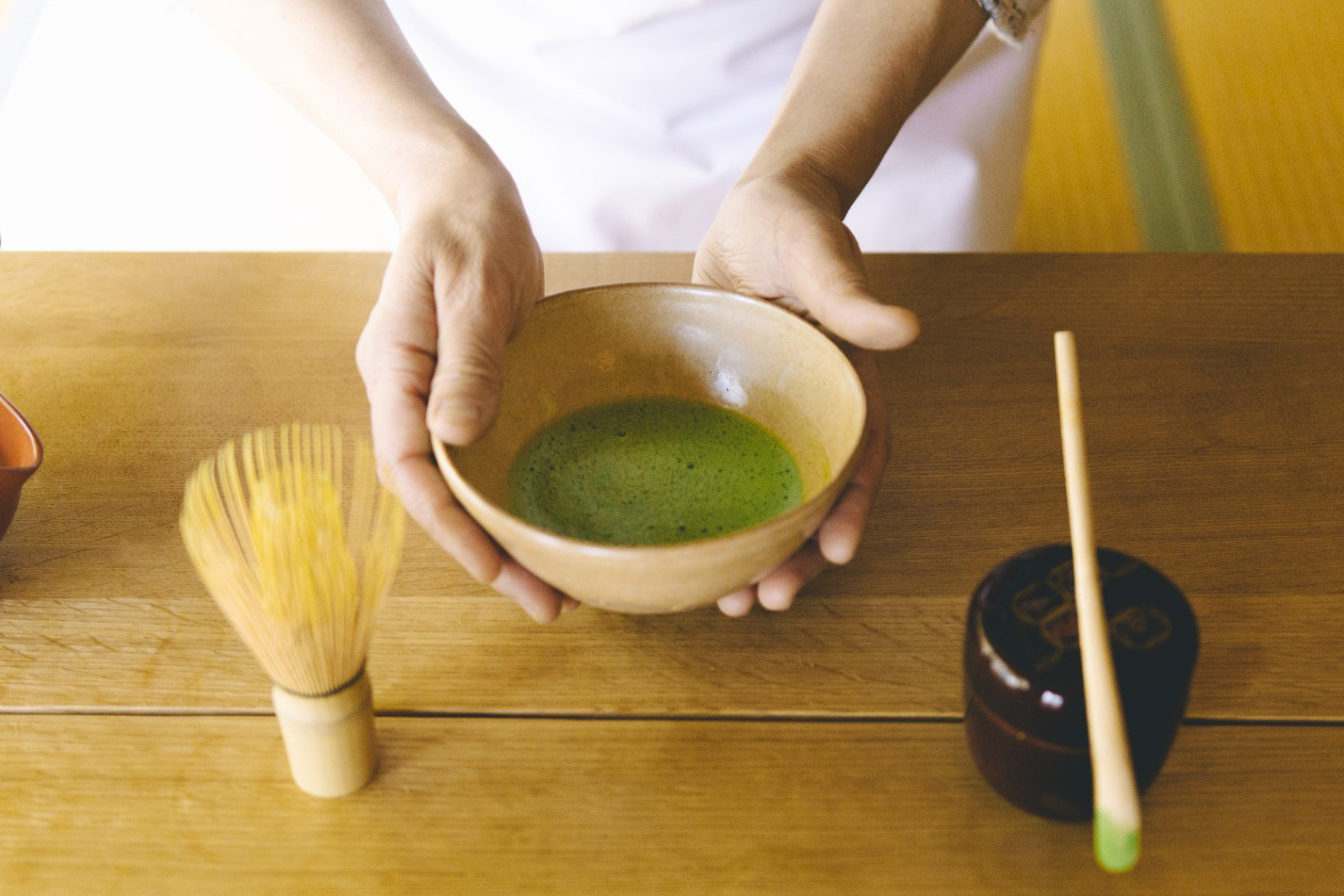
MATCHA ÉS JÓGA – A NYERŐ PÁROS
A Matcha a legfiatalabb tealevelekből készül, amelyekben maga a vitalitás rejlik. Néhány héttel a betakarítás előtt a teacserjéket letakarják, hogy megakadályozzák azt, hogy a közvetlen napfény érhesse őket – ez segít megvédeni a bennük rejlő értékes anyagokat. Amikor egy tál matchát iszunk, a porított leveleket egészét elfogyasztjuk, ezzel így sokkal több tápanyagot és jótékony összetevőt juttatunk be szerveztünkbe, mint egy szokásos tea esetében – ez magasabb antioxidáns, vitamin, ásványi anyag és rost koncentrációt jelent. Ugyanakkor nem szabad megfeledkeznünk arról, hogy ne adjunk hozzá 80 Celsius-foknál magasabb vizet – a túlzott hő ugyanis elpusztítja az értékes anyagokat és egyúttal tönkreteszi az ízét is.
Egy teáskanál matcha koffeintartalma 2 gramm. A kávéban található koffeintől eltérően a matchában lévő koffein lassan szívódik fel, ezzel tartós energiát biztosítva a szervezet számára. A matcha teában jelenlévő aminosavak (különösen az L-theanin) kötődnek a koffeinhez, és lassítják annak felszívódását a véráramba. Ennek eredményeként nincs gyors kortizol-leadás vagy adrenalin-tüske, amely miatt a szervezet csak még több koffeinre vágyna. A kávéhoz képest a matcha, amelynek felszívódása akár hat órát is igénybe vesz, nyugodt tudatosságot és éberséget kínál, és egyben regenerálja az állóképességünket is.
Ez a kombináció teszi a matchát a jóga ideális partnerévé. Egyrészt a jóga olyan sport, amely fizikai erőnlétet igényel, másrészt egyben a meditáció gyakorlása is, amelyben viszont elengedhetetlen a koncentráció és az éberség. A jóga és a matcha tehát tökéletesen passzolnak – kiegészítik egymást és felerősítik egymás egyedi tulajdonságait is. Egy tál matcha megkönnyíti a jógagyakorlat tökéletesítését, a jóga gyakorlása pedig abban segít, hogy szakértővé váljunk a matcha tea-szertartás megünneplésében.
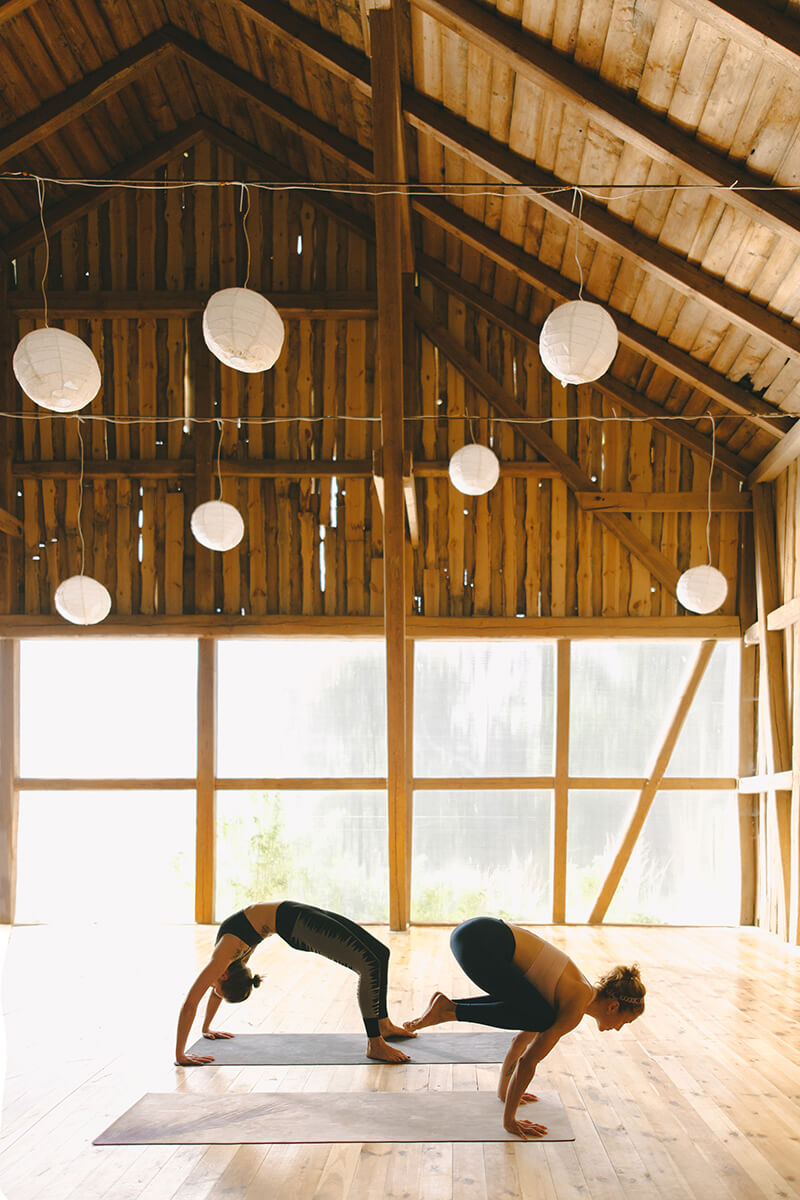

Making Japan’s finest chasens
Today is one of the most exciting days I have been looking forward to in my journey across Japan. I have been driving for more than thirty minutes now, leaving the city far behind. According to the map, I should be reaching my destination very soon. After a few minutes of wandering between the households of the neighbourhood, I recognize a complicated kanji character on one fence – it’s the family name I’ve been trying to memorize last night. The owner welcomes me and invites me to the house. We pass by a pile of cut bamboo trees in the garden. Behind the house I see a tiny private tea field. Before we proceed with the purpose of our meeting, I’m giving my host omiyage, a travel souvenir that’s almost a must-do in Japan. Among other things, I obviously brought our matcha from Poland.
I sit down on the tatami mat, unable to stop admiring everything that surrounds me in the interior of this house. He joins me after a while, carrying a box of cookies, over which we will discuss what we have planned for today. There’s tea, as well. Smelling so good that I almost cannot focus. It’s early May, could it be fresh, this year’s harvest? I ask if he used his home-grown tea that I spotted behind the house.
– I’m happy to hear you enjoy it! And I have great news. This cup of tea is made with matcha that you brought for us as a gift. You know its taste already, and I wanted to see you catch the difference. Now you understand the purpose of my work, and we haven’t even started yet!
We are sitting in the living room of Mr. Jun Tanimura, representative of the 20th generation in the family of the oldest chasen makers in Japan. For five hundred years they have been running their shop in Takayama area in Nara prefecture. These days, this is where all the hand-carved chasens in the country come from. I am here to learn how they are brought into existence.
Chasen 茶筌 is a matcha tea whisk made from a single piece of bamboo tree, which is used in Japanese tea ceremony. Obviously, if you’re using low quality matcha, the result will not be great, even if you mix it with an expensive, handmade chasen. Today I’m about to learn that it works both ways, though. You can use the best, most premium tea in Japan; without an equally excellent bamboo whisk, you won’t be able to bring out its entire richness of taste.
An experienced craftsman needs around three hours to bring one chasen to life. An average workday at the Tanimura workshop yields around thirty whisks. The demand is high, even though they don’t work with ordinary shops. They only produce chasens for institutions associated with tea ceremony, as well as for special individual orders.

We are heading to the workshop, passing by the pile of trees again. The first and most important step in the chasen manufacturing process is the material – a healthy bamboo tree of a suitable diameter. Various species can be used, depending on the type of the whisk (which, in turn, depends on the school of tea ceremony). Dark chasens, which are made of coloured wood today, are not different from regular ones in terms of price and quality. Interestingly enough, they were once a very luxurious product. The dark colour was only a quality of the wood ‘smoked’ above irori (a traditional, interior hearth present in old Japanese houses) for around a hundred years. But the development of technology and new architecture reduced the supplies of this (once originating incidentally) material.
To obtain wood suitable for making chasens, trees should be cut around the age of three years. After cutting they are simmered in order to get rid of dirt and oil. Then, around January and February, they are spread on the rice fields (not used in this time of year), where the icy winds toughen them and turn their colour from natural green to white. Then they are left to mature for two or three years. That’s when the wood dries and gets its light amber shade.
Although around 15 cm of bamboo is all that’s required to create each chasen, one tree will only provide three or four suitable pieces. That’s because the placement of joints (called nodes) on the culm is crucial. But the rest does not go to waste – Mr. Tanimura uses it to make other tea ceremony utensils (i.e. chashaku, the teaspoon, and hishaku, the water ladle), as well as wooden containers and decorations.
A piece of bamboo prepared for a chasen is gently shaved in its upper half with a side of a knife. It softens the surface and makes the work easier. Next, it is vertically cut in half (only on the level of the shaved upper part), then cut in four, eight and at last sixteen 4-mm-thick sections. They are carefully, but firmly bent to the outside.
Every branch needs to be divided to skin and flesh now. The border between them is distinctly visible on the photograph. The inner bright part is the flesh, which is easy to remove once it’s separated. What remains is the thin strip of darker skin, which is now cut crosswise very thinly into tines called ho. Usually there is around one hundred of them (depending on the type of whisk, from 16 up to 160). Bamboo is a fibrous wood that easily divides into individual threads, nevertheless this step requires time and precision.
The carved section is left to soak in hot water to make it more flexible. After one hour, ho are put on the wooden matrix and shaved with a small knife until very thin, especially on the tips. Then, using the same knife, the craftsman curves them slightly to the inside.
This step is a true test for skills in the craftsman’s hands. The bristles have to be really thin to be elastic, but thick enough to remain strong. Their size is determined by feeling and intuition of the craftsman, resulting from many years of practice and experience passed on from past generations.
The sides of each tine (ho) are rounded to prevent fine tea powder from sticking to their sharp edges. The process of manufacturing is slowly coming to an end. Chasen is still missing the thread. It will divide the tines in half, creating an outer and an inner row. The outer bristles are carved to form the final shape of a chasen. The inner ho are grabbed by hand and twisted a few times to create a coiled cusp that, with time and use, will open like a flower. The chasen is ready, it’s time to start heating water for the tea.
For better understanding of the entire process, we encourage you to watch this film from the Tanimura workshop.
I ask about the lifespan of a chasen, but Mr. Tanimura’s answer is vague. There are numerous theories; I once heard about a man who only uses each chasen three times. I found that unreasonable, quite rightly, as it turns out. The expert sitting next to me says that in his hands each chasen works flawlessly for around six months of everyday use. – But there’s no rule – he adds. – You simply need to observe the situation and let your chasen go once it stops giving you satisfying results.
Your hand-whisked cup of matcha will taste much better today than it has before, won’t it?
